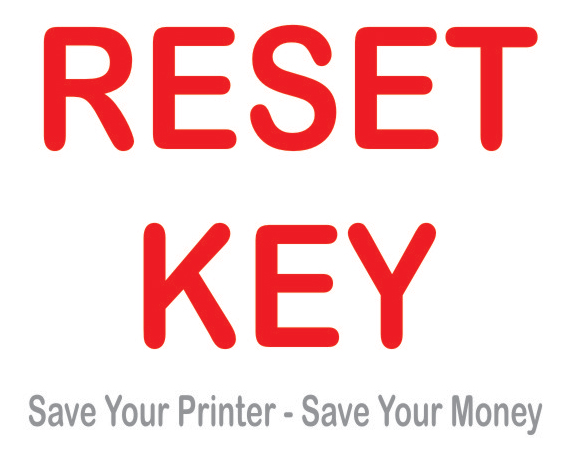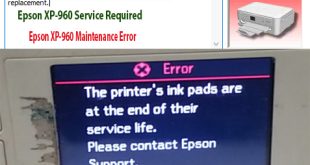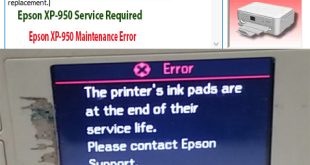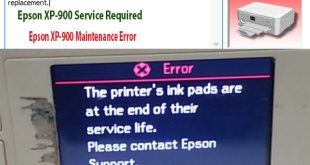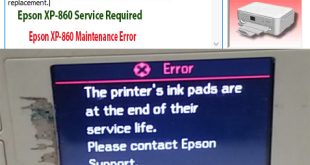To reset the counter on your Epson XP-620 using WICReset software, you can follow these steps:

1. Download and install the WICReset software on your computer.
2. Connect your Epson XP-620 printer to your computer using a USB cable.
3. Open the WICReset software and select your printer model from the list of available printers.
4. Click on the “Read Waste Counters” button to check the current waste ink counter value.
5. Click on the “Reset Waste Counters” button to reset the waste ink counter value to zero.
6. Follow the on-screen instructions to complete the reset process.
7. Once the reset process is complete, turn off your printer and then turn it back on again.
Tutorial video
Get Serial Key WIC Reset
Wicreset Serial Key
Fix Epson red lights blinking with errors: Service Required, A printer's ink pad at the end of its service life Please contact Epson Support.
Fix Canon 7/8 times flashing alternating Orange – Green with errors: The ink absorber is almost full, Error code: 5B00, 5B01, 1700, 1701Get Serial Key WIC Reset
Wicreset Serial Key
Fix Epson red lights blinking with errors: Service Required, A printer's ink pad at the end of its service life Please contact Epson Support.
Fix Canon 7/8 times flashing alternating Orange – Green with errors: The ink absorber is almost full, Error code: 5B00, 5B01, 1700, 1701Contact Support
Telegram: https://t.me/nguyendangmien
Facebook: https://www.facebook.com/nguyendangmien

 Chipless Printers
Chipless Printers
